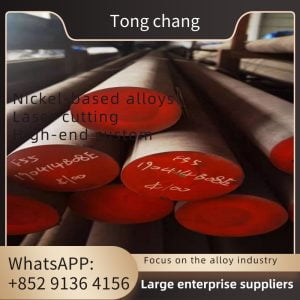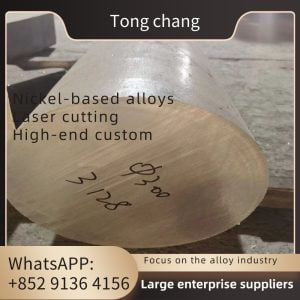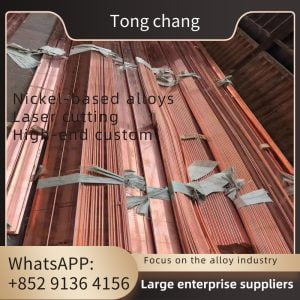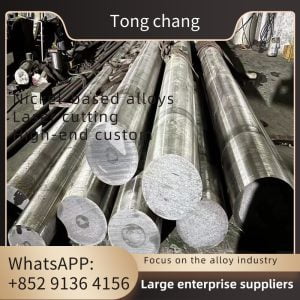| Product Name: | Finned Tube | Tube Material: | ASTM A179/ASME SA179 |
|---|---|---|---|
| Fin Material: | Aluminum 1060 | Tube O.D.: | 50.8mm Max. |
| Tube Length: | Customized | Fin Height: | 16.5 Mm Max. |
| High Light: | G-Type Condenser Embedded Fin Tube, G-Type Embedded Fin Tube, Condenser Embedded Fin Tube | ||
ASME SA179 Aluminium 1060 Embedded Fin Tube G-Type Fin Condenser
Advantages of G-fin tube:
1. Strong heat transfer capacity: compared with the optical tube, the heat transfer area can be increased by 2-30 times, and the heat transfer coefficient can be increased by 1-2 times. Usually in the conversion of thermal power equipment, the area of heat, in life a lot of equipment are used. Intelligent image design, to achieve better protection of the environment in life.
2. Compact structure: With the increase of heat transfer area per unit volume, the heat transfer capacity is enhanced. Compared with the rain tube with the same heat load, the G fin tube heat exchanger has fewer tubes and the barrel diameter or height can be reduced, so the structure is compact and easy to arrange.
3. can be more effective and more reasonable use of materials: not only because of the compact structure, reduce the amount of materials, but also according to the heat transfer and process requirements of flexible choice of materials, such as the use of different materials Mosaic or welding.
4. When heating the medium, compared with the light tube, the wall temperature of the G-fin tube under the same heat load is reduced, which is conducive to reducing the high temperature corrosion and overtemperature damage of the metal surface. Regardless of whether the medium is heated or cooled, the heat transfer temperature difference is smaller than that of the light tube, which is conducive to reducing the scale on the outer surface of the tube. Another important reason for the reduction of scale is that G-finned tubes do not form a uniform overall scale layer along the circumference or axis as light tubes do. Under the action of expansion and contraction, the scale formed along the surface of the fin and pipe will break at the root of the fin, prompting the scale to fall off by itself.
5. For phase change heat transfer, the heat transfer coefficient or critical heat flux can be calculated.
The disadvantages of G-fin tubes are high cost and high flow resistance.
For example, due to the complexity of the process, the cost of the air cooler accounts for 50-60% of the cost of the equipment; Large resistance results in large power consumption. But if the shape is right, power consumption can be reduced, which is cost-effective compared to the benefits of enhanced heat transfer.
Chemical Composition (%) Max
| C | Mn | P≤ | S≤ | Si≤ |
| 0.06-0.18 | 0.27-0.63 | 0.035 | 0.035 | 0.25 |
Mechanical properties
| Tensile Strength(Mpa) | Yield Strength(Mpa) | Elongation(%) | Hardness(HRB) |
| 325 Min | 180 Min | 35 Min | 72 max |
Application fields of finned tube heat sinks
Industrial manufacturing
Finned tube radiators are widely used in industrial manufacturing fields, such as chemical, pharmaceutical, and food processing industries. In these industries, finned tube radiators can be used for processes such as heating, cooling, and drying.
Energy sector
In the energy field, finned tube radiators can be used for heat dissipation in thermal power plants, nuclear power plants, wind power generation, and other applications.
Air conditioning refrigeration
Finned tube radiators are also widely used in the field of air conditioning and refrigeration, such as in the heat dissipation of air conditioning units, chillers, cold storage equipment, and so on.
automotive industry
Finned tube radiators are used in the automotive industry for engine cooling, automotive air conditioning systems, and more.








